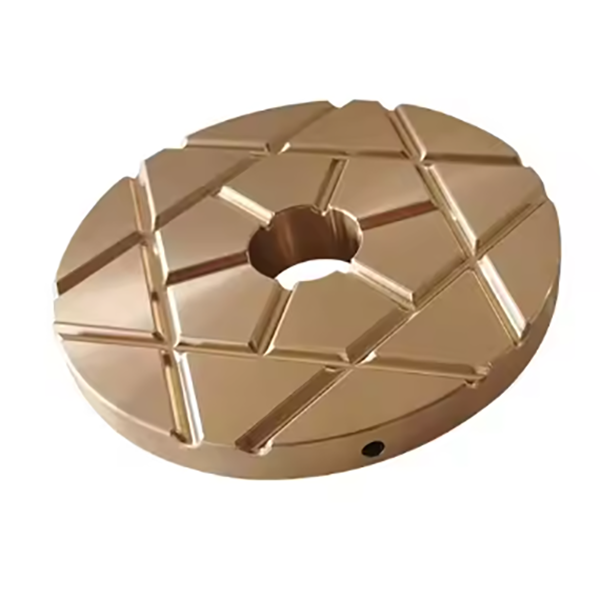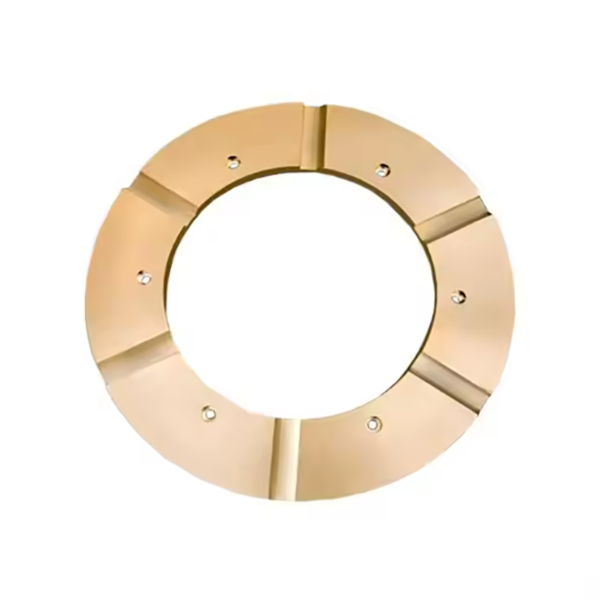Cone Crusher socket liner
The cone crusher socket liner, a replaceable wear-resistant component in the socket’s bearing cavity, acts as an interface between the rotating main shaft and stationary socket. It protects against wear, reduces friction (≤0.15 with lubrication), distributes loads, and compensates for minor misalignment, requiring good wear resistance and lubricant compatibility.
Structurally, it is a cylindrical/flanged sleeve with a liner body (bronze, babbitt, or bimetallic materials), inner bearing surface (Ra0.8–1.6 μm with oil grooves), outer surface (interference fit), optional flange, lubrication features, and chamfers, with 5–15 mm wall thickness.
Manufacturing involves casting (centrifugal/sand) for bronze liners, plus heat treatment and machining, or steel shell preparation, bearing layer application (sintering/roll bonding) and machining for bimetallic ones.
Quality control includes material testing (composition, hardness), dimensional checks (CMM, roundness testing), microstructural analysis, performance tests (friction, wear), and fit checks, ensuring it protects components for efficient crusher operation
More






